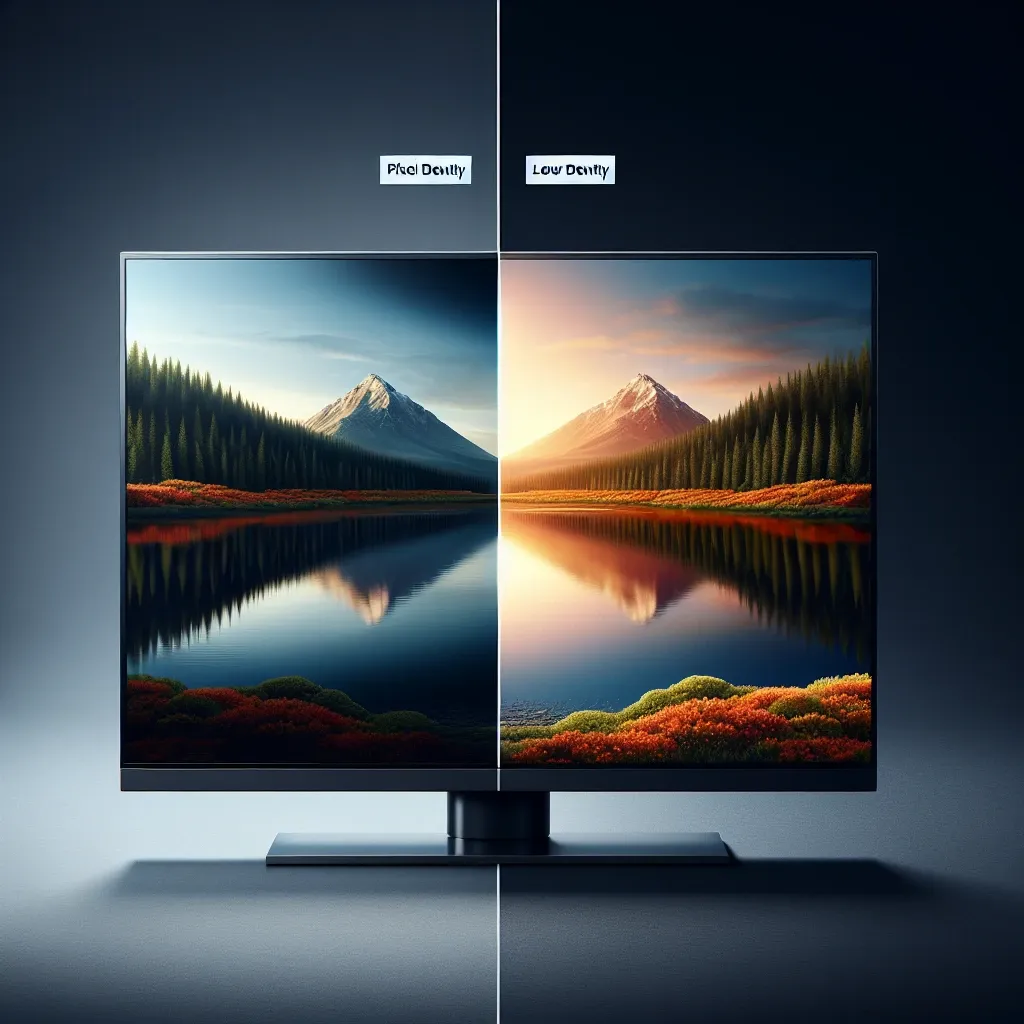Understanding Pixel Density
Pixel density, commonly measured in pixels per inch (PPI), is a critical aspect of display quality, particularly for plasma monitors. It refers to the number of pixels per inch of the screen. A higher pixel density means more pixels are packed into the same screen size, resulting in sharper and clearer images.
Impact of Pixel Density on Plasma Monitors
Pixel density greatly influences how the human eye perceives display quality. Here are some key aspects:
- Image Clarity: Higher pixel density results in more detailed and clear images.
- Text Sharpness: Improves the readability of text due to smoother edges.
- Viewing Distances: Enhances viewing experience even from closer distances as the pixels are less noticeable.
Pixel Density in Different Displays
| Type of Display | Common PPI Range |
|---|---|
| Smartphone | 300-600 PPI |
| Tablet | 200-300 PPI |
| Plasma Monitor | 80-200 PPI (varies depending on screen size and resolution) |
| 4K TV | 100-140 PPI |
Comparing Pixel Density with Other Factors
While pixel density is crucial for display quality, it is not the only factor. Other factors include:
- Contrast Ratio: Determines the range between the darkest and brightest parts of the image.
- Color Accuracy: Affects how true-to-life colors appear.
- Brightness: Influences visibility under various lighting conditions.
How Plasma Technology Works
Plasma displays use small cells containing electrically charged ionized gases, or plasmas, to produce images. Due to their nature, plasma monitors can achieve deeper blacks and better color contrast compared to some other technologies. However, the pixel density is influenced by the size and arrangement of these cells.
Phosphor Screen Coatings
Plasma monitors utilize phosphor coatings for each pixel element. When voltage is applied, the gas cells light up the phosphors to create an image. The fineness of these phosphor coatings can impact pixel density, with finer coatings allowing for higher PPI values.
Challenges with Increasing Pixel Density in Plasma Monitors
While it is beneficial to have higher pixel densities, there are technical and practical challenges:
- Heat Dissipation: Higher pixel densities increase power consumption and heat generation.
- Cost: Manufacturing high-density plasma displays can be more expensive.
- Longevity: Higher pixel densities may affect the lifespan of the display elements.
The Future of Pixel Density in Plasma Monitors
Continuous advancements in technology aim to overcome current limitations. Researchers and manufacturers focus on improving phosphor materials, efficient energy use, and enhanced heat management to increase pixel density without compromising other attributes.
Conclusion
Pixel density plays a fundamental role in determining the quality of plasma monitors. Higher pixel densities offer sharper and clearer images, improving overall visual experience. However, it is necessary to balance pixel density with other display factors like contrast ratio, color accuracy, and brightness for the best viewing experience.
The future holds promising advancements for plasma monitors, aiming for higher pixel densities and resolving present challenges. As technology evolves, the quality of plasma monitors will continue to improve, offering users an unparalleled visual treat.

